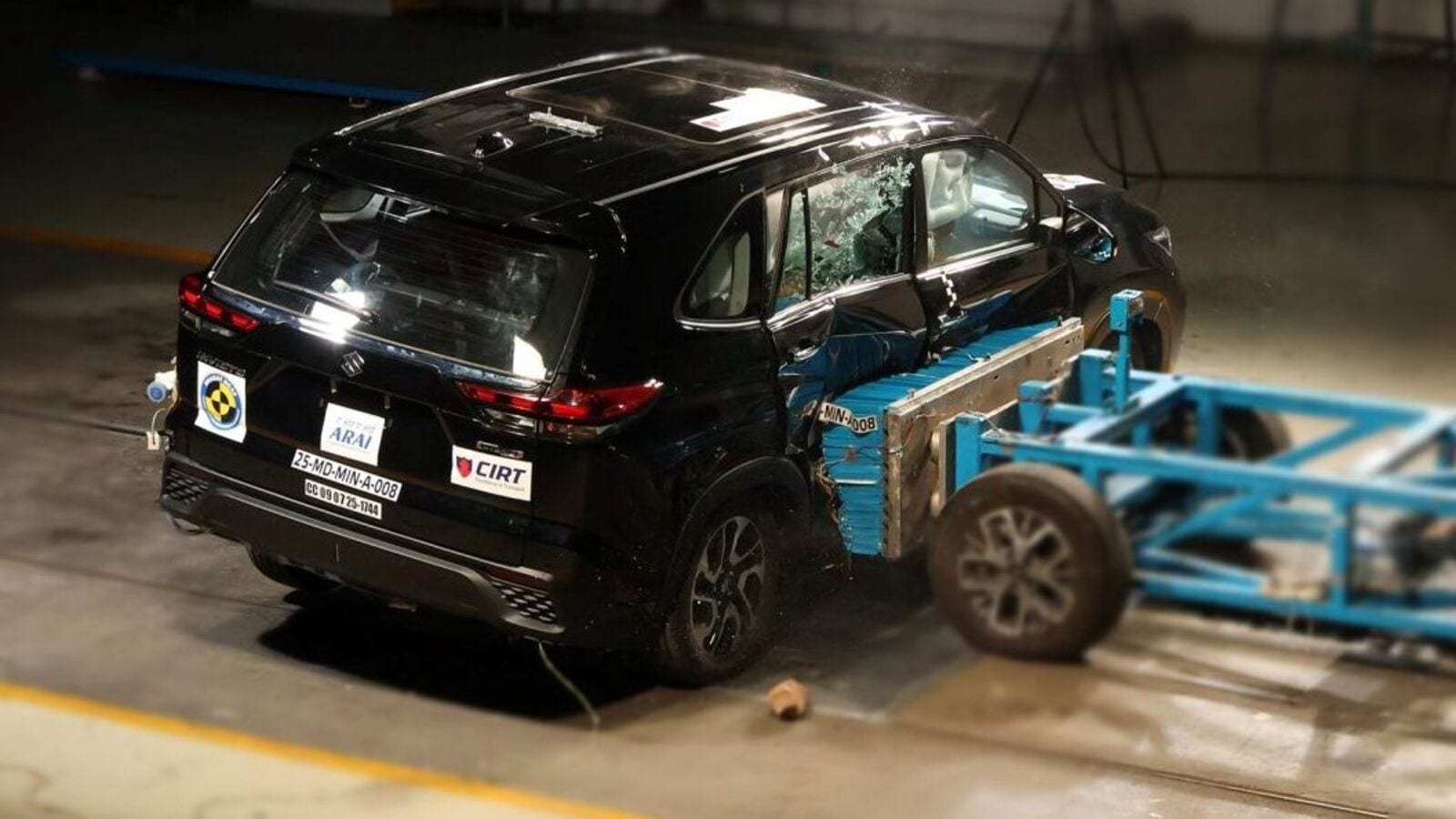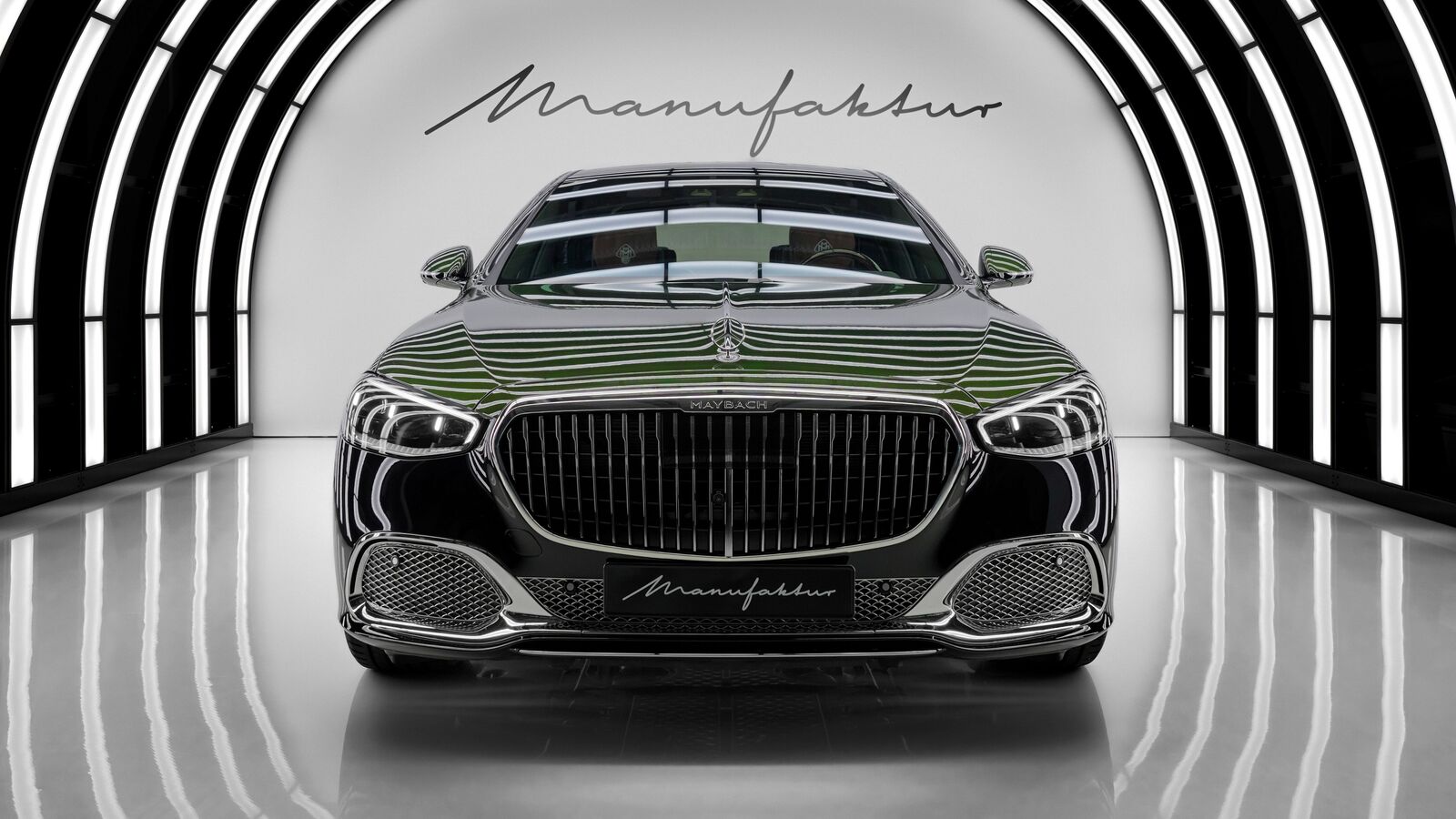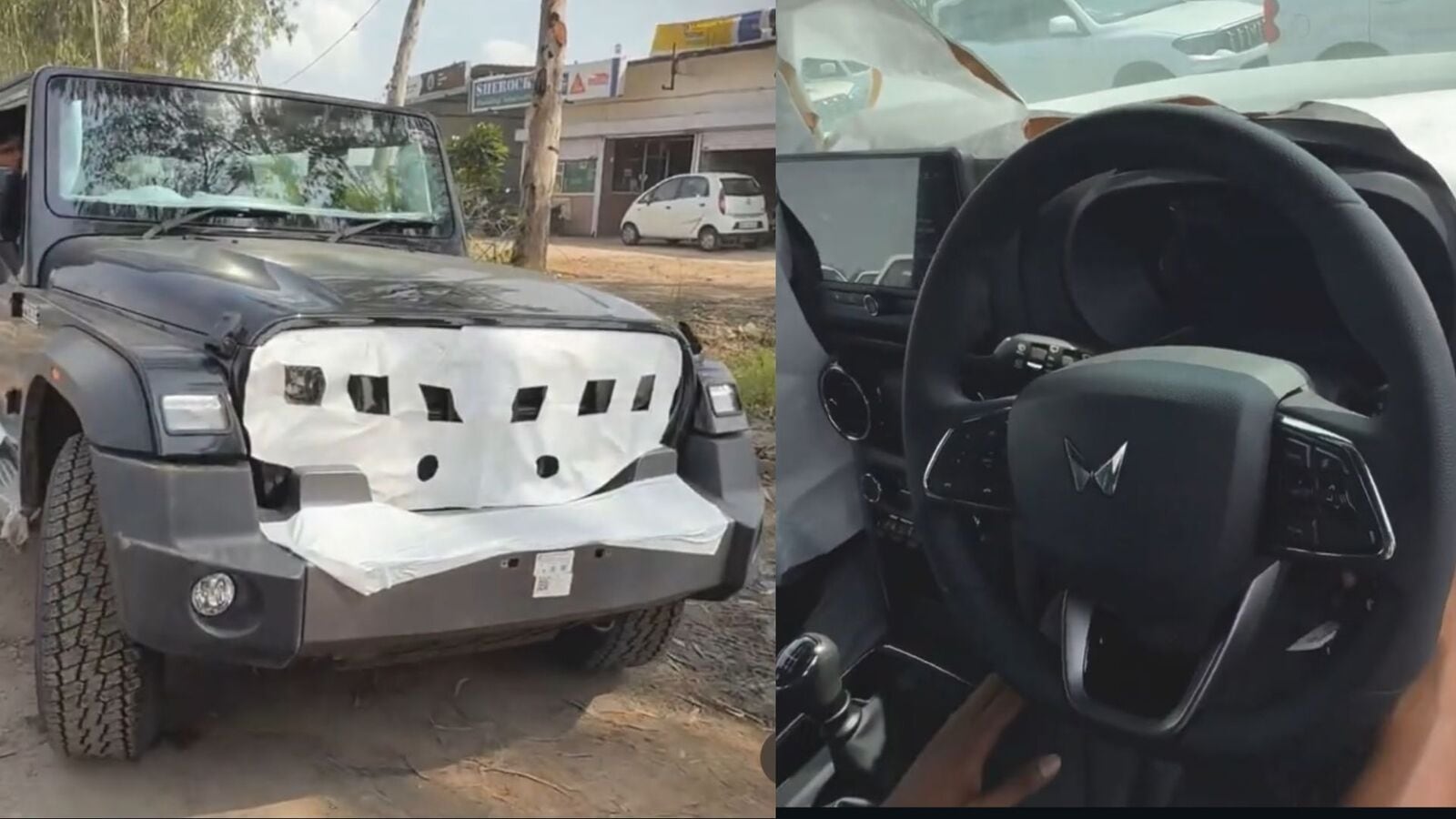Overview
TOYOTA is set to launch its petrol-electric hybrid LandCruiser 300 Series in Australia next March (2026) in high-grade Sahara ZX and GR Sport grades. The duo is expected to attract a price premium over its diesel-powered equivalents, which are available from $146,910 and $146,160 plus on-road costs respectively.
While Toyota Australia has not confirmed specifications for the local market, GoAuto understands the LC300 HEV is likely to offer similar output figures to the model range sold in the Middle East – and to the locally-available Tundra full-size pick-up which shares the LandCruiser TNGA-F underpinnings.
The combination of a twin-turbocharged 3.5-litre V6 petrol engine, electric motor, 10-speed automatic transmission and full-time all-wheel drive will offer LandCruiser 300 Series buyers a substantial increase in performance when weighed against the twin-turbocharged 3.3-litre V6 diesel and its 227kW/700Nm of output.
It is expected the LC300 Hybrid will output 336kW at 5200rpm and 790Nm at 3600rpm, gifting it with a 0-100km/h time of just 6.4 seconds. That makes it faster than the 369kW/700Nm twin-turbocharged Nissan Patrol Nismo on sale in the Middle East, which clocks the triple-figure standard in 6.6 seconds.
Fuel efficiency in the Middle East region is listed at 10.9 litres per 100km on the combined cycle, which again is subject to change when the vehicle lands Down Under.
As in the Tundra, the petrol engine in the LC300 Hybrid is assisted by a 36kW/290Nm permanent synchronous motor placed between the engine and transmission, which is powered by a nickel-metal hydride battery.
Weight-related figures, including braked towing and payload capacities, will be announced closer to the model’s arrival – though we expect these will not deviate much from the diesel-powered range.
It is further expected that the amenity, connectivity, and safety features found in the current LandCruiser 300 Series will be carried over to the HEV range.
Driving Impressions
A very short lap of Toyota’s Autodrome test track in Altona gave us a brief opportunity to sample the LandCruiser 300 Series Hybrid on- and off-road.
Covering an asphalt loop, 33-degree climb, a handful of moguls, and a 600mm water bath showed the self-charging hybrid version was as capable as its diesel-powered sibling in every measure – but with a few standout differences we think LandCruiser buyers will appreciate.
First of all, it is significantly quieter. There’s no diesel clatter of course, and less vibration felt through the cabin. It’s a difference that adds to the refinement of the LandCruiser cabin, and one we expect will be greatly appreciated by those spending significant time behind the ‘wheel.
Accelerating from standstill to 100km/h is noticeably faster, with a fair shove in the back when hustling from the line in Sport + mode. While there is a little delay in changing gears, the instant torque on offer counters any lag, easily cutting two- or three-seconds from the triple-figure standard.
Gearshifts, and indeed the transition between petrol and electric drive, are otherwise impressively smooth. As in the Tundra Limited reviewed by GoAuto recently, the LC300 HEV delivers convincing levels of refinement paired with the power and torque buyers expect.
We anticipate the model will prove just as capable in hauling, too, with low-end torque from the electric motor giving plenty of urgency before the petrol engine hits its stride.
Elsewhere – and remembering we had a very limited time to experience the LC300 HEV – the model feels just like a LandCruiser should. The steering is light yet with sufficient graduality for driver road feel, the brakes are well modulated and impressively strong, and the ride quality an excellent partner for long-distance and dirt-road travel with sufficient comfort for both.
It’s hard to say just where the fuel consumption tally will land, and given the number of “acceleration runs” carried out on test, the indicated figure is one we’ll ignore. In proper use (and again based on our experience in the Tundra) it is likely the LC300 HEV will stick closely to the 11.0L/100km average, which is terrific considering the diesel hovers around the mid 9s.
We’ll also be very keen to see how the CO2 emissions figure stacks up against the 235 grams per kilometre of the diesel. Though a clean enough unit in its own right, the ability to trim that figure further will greatly help Toyota in meeting its NVES targets – while also keeping diesel-powered models available for those that truly need it.
Toyota Australia will announce more detail on the specifications and pricing of the LandCruiser 300 Series Hybrid closer to the model’s local arrival.




